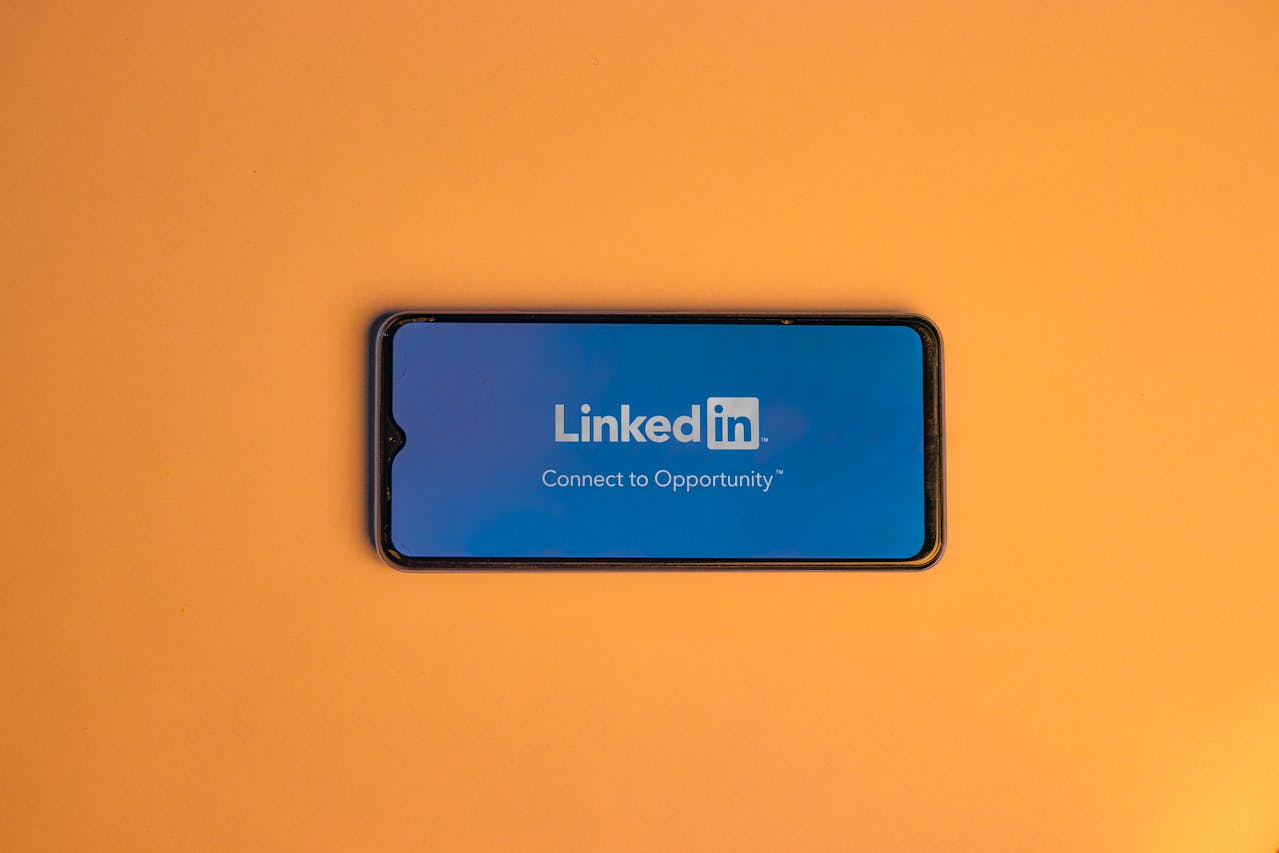If you’re running LinkedIn Ads and wondering when you’ll finally see meaningful business results—you’re not alone. One of the most common concerns I hear from clients is:
“How long will it take before I know if these LinkedIn campaigns are working?”
It’s a fair question—especially when you’re investing real budget into a platform known for its higher cost-per-click. But here’s where things get interesting…
According to Dreamdata’s 2024 LinkedIn Benchmark Report, the average time between a first LinkedIn ad impression and a closed-won deal is a whopping 320 days. That’s nearly a year from initial exposure to revenue impact.
Does this mean marketers should wait an entire year before evaluating campaign performance?
Not quite. Let’s unpack what that stat really means—and how you can use leading indicator metrics to assess performance much earlier in the process.
Yes, LinkedIn Ads Has a Long Sales Cycle—But That’s Not the Whole Story
The long lag time from ad view to closed deal on LinkedIn ads isn’t surprising. Especially in B2B, where sales cycles are naturally longer and buying decisions involve multiple stakeholders, LinkedIn often plays the role of early awareness and demand creation.
If your sales cycle is 6–12 months, you shouldn’t expect a campaign launched last Tuesday to deliver revenue by Friday. But that doesn’t mean you’re flying blind until Q4 either.
The key is knowing which metrics matter early, so you can course-correct and optimize long before the first deal closes.
3 Early Metrics to Gauge LinkedIn Ad Performance (Without Waiting a Year)
1. Dwell Time & Video Completion Rate
These are great signals of content engagement. If your target audience is stopping to read your post, watch your video, or explore your content, it’s a good sign they’re finding it relevant.
Use these metrics to assess:
- Are my LinkedIn ads actually being consumed?
- Is the creative compelling?
- Do people care enough to finish watching?
Even if they’re not ready to buy today, brand recall starts here.
2. Lead Generation Activities
Track soft conversions like:
- Newsletter signups
- Webinar registrations
- Resource downloads
- Demo requests
If your campaign is reaching the right people, they’ll start showing interest in learning more. These “micro-conversions” are often the first sign of traction, and they’re measurable within days or weeks, not months.
Bonus: Use LinkedIn’s company-level reporting to cross-reference whether leads are coming from the accounts you’re targeting.
3. Deal Generation Signals
Beyond form fills, keep an eye on high-intent actions like:
- Direct messages asking about your service
- Comments or replies requesting more info
- Inbound emails from companies exposed to your ads
If the right accounts are starting conversations—even informally—that’s a major early win. It shows your messaging is resonating and positioning your solution in the minds of real buyers.
You Don’t Need to Wait a Year to Know You’re On Track
While revenue attribution for LinkedIn campaigns may take time, the truth is:
📊 Performance insights start showing up much sooner—if you know what to look for.
Focus on engagement, lead gen, and early deal signals to gauge momentum early and make smarter decisions. These indicators will help you validate targeting, messaging, and creative without waiting until the end of the fiscal year.
So no—you don’t need to wait a full year. But yes—you do need to look beyond just last-click attribution if you want to capture the real value LinkedIn brings to B2B marketing.
Need help setting up the right metrics to track your LinkedIn campaigns?
Reach out to Stratus Analytics, a Dayton-based digital marketing agency helping businesses unlock smarter paid media performance across LinkedIn, Google, and beyond.

Hi There! I’m Scott, and I am the principal consultant behind Stratus Analytics. I’ve have been providing freelance digital marketing services for over 20 years. DISCLAIMER: Due to my work in the packaging industry, I unforunately cannot take on freelance clients within the packaging manufacturing space. I do not want to provide disservice to your vision or my employer. Thank you for understanding.
